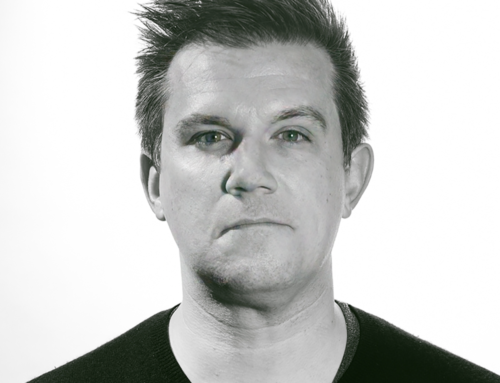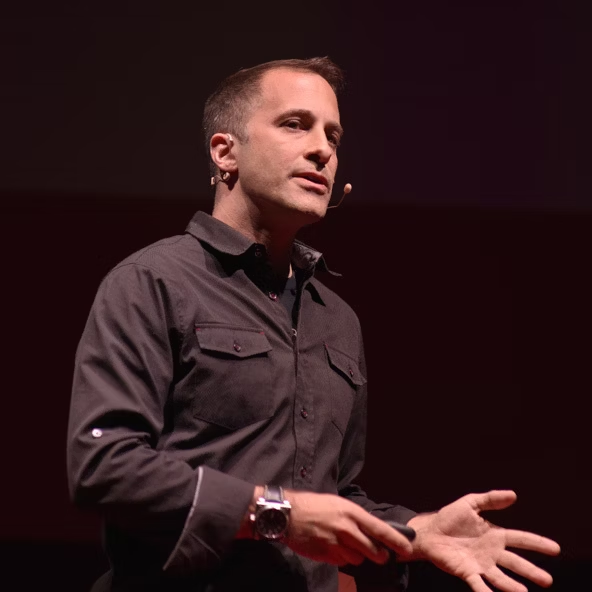
Not too long ago I did some research around the topic of longevity, as I was asked to take a position regarding whether society to pursue living to be 200. More specifically, should we as a society devote resources, whether they be technology, research, investment dollars, even brain power – to try and develop methods and tools to allow us to live to be as old as 200?
At first pass it’s easy to think – well yes, because even if we don’t reach 200 everyone wants to live as long as possible, right? The quest to live longer is centuries old, but now we have organizations dedicated to finding ways to achieve the vision. Organizations like Calico, short for California Life Company, a research and development company whose mission is to “harness advanced technologies to increase our understanding of the biology that controls lifespan.” There is also Longevity.International, of which Ray Kurzweil is an influencer and which is funded by people such as Peter Thiel and Jeff Bezos, which is quote “..the premier group for staying tuned into the latest developments in the emerging longevity industry.”
Then there is Singularity University, is an organization focused on preparing, quote, “..global leaders and organizations for the future with transformative programs and events…..(they) Explore the opportunities of exponential technologies and connect to a global ecosystem that is shaping the future and solving the world’s most urgent problems.” (Ray Kurzweil is a co-founder). Singularity University merged with the SingularityHub in 2012, which, quote. “…chronicles technological progress by highlighting the breakthroughs, players, and issues shaping the future as well as supporting a global community of smart, passionate, action-oriented people who want to change the world.”
Scientists continue to explore extending our lives – as futurist Ray Kurzweil has stated many times, the trajectory of technology and innovation is exponential as we use the latest advancement to leap us forward to the next. Not only do we have exoskeletons to both protect and augment us, we have gene editing and CRISPR. We’ve been exploring biomechanics for decades, starting as simple as replacing hips and knees with artificial parts, which we are now combining with 3D printing. What’s even more amazing is we’re expanding and combining technology at the same time. In fact, earlier this year scientists at Tel Aviv University 3D printed a small heart using human tissue that includes vessels, collagen,and biological molecules. This could not only make organ donation obsolete, but bioprinting as it is called, is the foundation for extending life indefinitely. Bioprinting is an example of Kurzweil’s technology trajectory, as 3D printing came about in 1981 but really took off as additive manufacturing and gained attention in the mid 1990s.
These organizations are not ignoring the issues living longer presents, but rather are focused on ways to address them while at the same time pursuing technology that extends our life. Isn’t that why we are focused on curing cancer and Alzheimer’s, and joint replacements and organ transplants, and eating well and exercising regularly? Some argue we are focused on those topics not to extend life indefinitely but, rather, to live the normal life expectancy as well as possible; meaning, if we’re alive, we want to be able to do everything we did as young adults for as long as possible. The idea of existing is not the same thing as living. The Pew Research Center has conducted surveys about longevity; and in a study from 2013 participants were asked how long they would like to live, more than two-thirds (69%) cite an age between 79 and 100, with the median ideal life span at 90.
However, when I took a look at this topic, we as a country weren’t experiencing the coronavirus pandemic. So, it seems a little optimistic – maybe very optimistic – to consider living to be 200 given the day by day issues we are facing as a result of the virus. In fact, some people would argue its absolute folly, and we should instead focus on the here and now since people are dying of a virus that could possibly be contained given enough technology, research and brain power devoted to it.
I think the key question is: is one option independent of the other? Are resources so finite we have to make a choice? Or – another question might be – should we make a choice? As futurists, I think we have the ability, and the responsibility, to show how we can do both extending the average lifespan while also exploring how to save lives and eradicate pandemics, at the same time. Exploring the possibilities of how to leverage the technology to address multiple goals and outcomes is exactly the type of activities where futurists can shine, as we have the skills and the vision to pursue this type of effort. Let’s get started! Cindi Steubner





